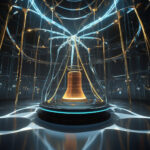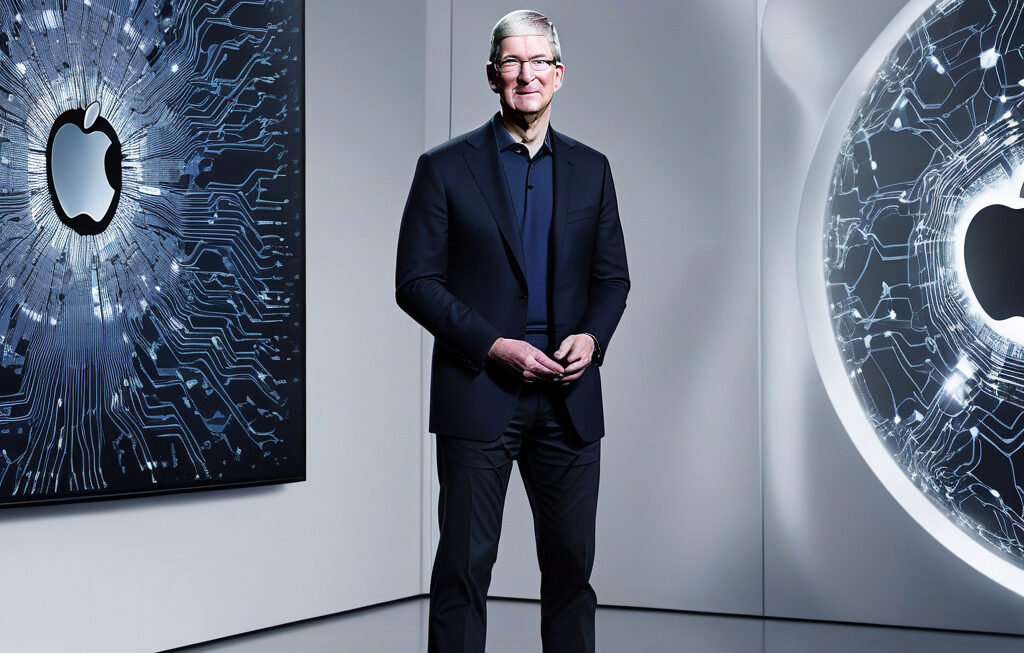Photons Pass the Famous Bell Test Without Entanglement, Reveals Latest Study
For decades, entanglement has been the hallmark of quantum weirdness, a ghostly connection between particles that Einstein famously referred to as “spooky action at a distance.” However, a recent groundbreaking study has challenged this fundamental concept by demonstrating that photons can pass the famous Bell test without entanglement.
The Bell test, proposed by physicist John Bell in the 1960s, is a crucial experiment designed to test the principles of quantum mechanics. It aims to distinguish between the predictions of quantum theory and those of classical physics, particularly regarding the concept of entanglement.
Traditionally, the Bell test involves two entangled particles that are separated by a large distance. Any change in one particle is instantaneously reflected in the other, defying the principles of classical physics. This phenomenon has been a cornerstone of quantum theory and has paved the way for technologies such as quantum computing and quantum encryption.
However, in a groundbreaking study published in a recent issue of the prestigious journal Nature, a team of researchers from the University of Vienna has challenged the conventional wisdom surrounding entanglement. The team demonstrated that photons can exhibit correlations similar to those observed in entangled particles, even when they are not entangled.
The researchers achieved this feat by employing a novel experimental setup that involved a series of complex optical measurements. By carefully manipulating the properties of the photons and measuring their correlations, the team was able to simulate entanglement-like behavior without actually entangling the particles.
This discovery has profound implications for our understanding of quantum mechanics and the nature of reality itself. It suggests that entanglement may not be the only explanation for the mysterious correlations observed in quantum systems. Instead, there may be alternative mechanisms at play that can produce similar effects without the need for entanglement.
The implications of this study extend beyond the realm of theoretical physics. Practical applications of this research could revolutionize fields such as quantum communication and quantum cryptography. By developing technologies that harness these non-entangled correlations, researchers may be able to create more robust and secure quantum systems.
The study also highlights the ever-evolving nature of scientific inquiry. Just when we think we have a solid grasp on the fundamental principles of the universe, a new discovery comes along to challenge our assumptions and push the boundaries of our knowledge.
As we continue to unravel the mysteries of the quantum world, studies like this remind us that there is still much to learn and explore. The implications of these findings may not be fully understood for years to come, but one thing is clear: the world of quantum mechanics is full of surprises, and we have only just scratched the surface.
#QuantumMechanics, #BellTest, #Entanglement, #Photonics, #NatureJournal












